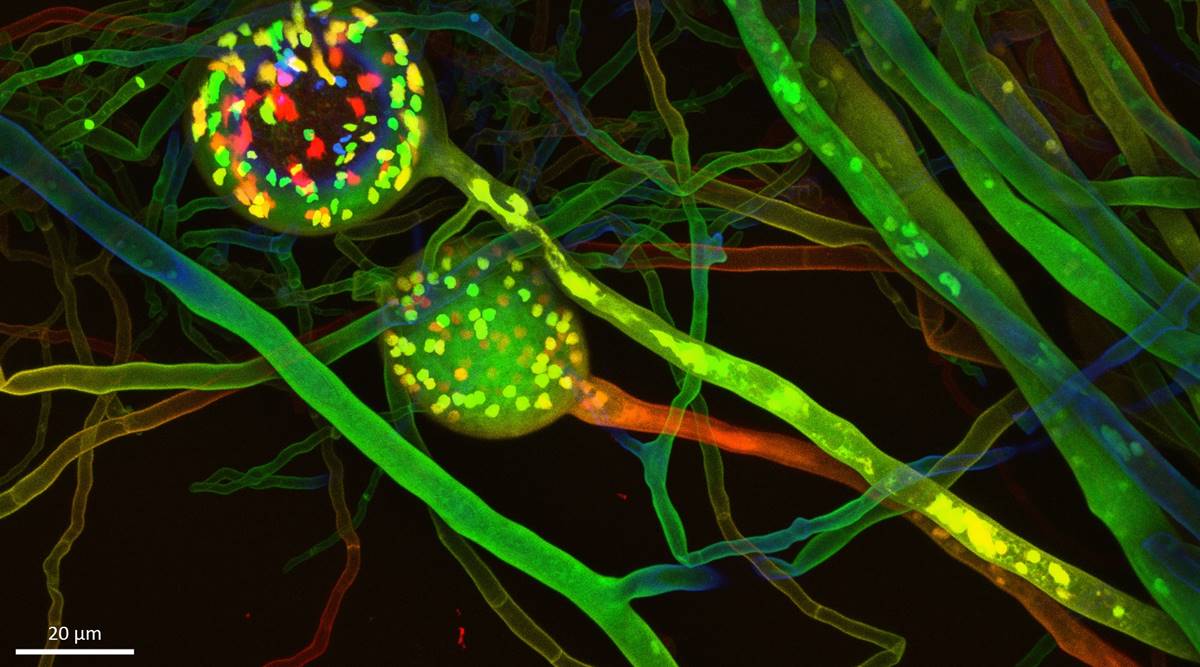
On Tuesday, scientists announced plans to map the world’s vast underground fungal life webs for the first time. The goal is to identify hotspots that could help conserve natural ecosystems and store carbon dioxide to combat climate change.
Underground fungal life networks support the health of plants, trees, and ecosystems. They produce thread-like webs in soil that suck in CO2 and carry nutrients like phosphorus to plants.
The Society for the Protection of Underground Networks announced on Thursday that over the next 18 months, it will gather 10,000 samples from around the world. It will be using machine learning to find the most biodiverse regions and map worldwide fungal networks.
“When something obvious like a coral reef dies, people notice – but these guys are really invisible ecosystem engineers. So their losses are largely undocumented,” SPUN co-founder Toby Kiers, a professor at Amsterdam’s VU University, told Reuters. “That’s really where we’re trying to step in.”

According to SPUN, a non-profit network whose members include scientists from the United States, Germany, and the United Kingdom, fungal networks store billions of tonnes of CO2. They are under threat from factors such as fertilizer usage in agriculture, urbanization, and climate change.
The map will be useful to identify sites that have the capacity to store more CO2 and survive the effects of global warming.
SPUN also plans to identify at-risk locations and seek to promote conservation of below-ground biodiversity hotspots, according to the organization.
The Jeremy and Hannelore Grantham Environmental Trust has also donated $3.5 million to the project.
According to Jeremy Grantham, fungal networks are an “invaluable ally” in the fight against climate change. “And yet these carbon sinks are poorly understood.”


